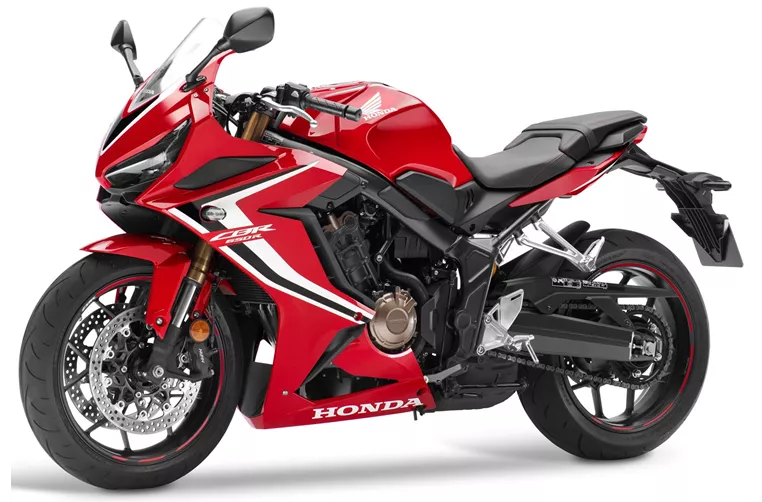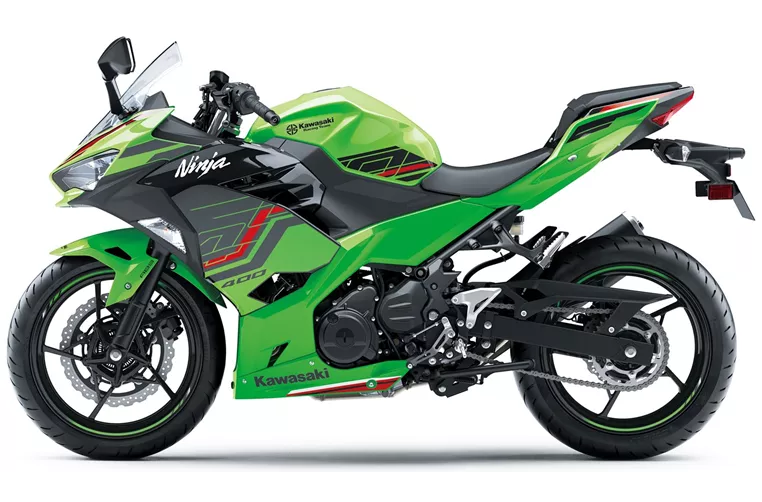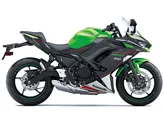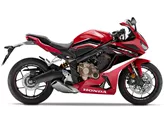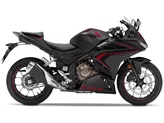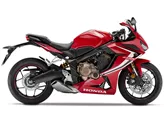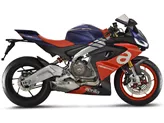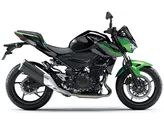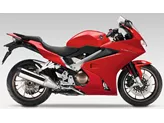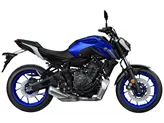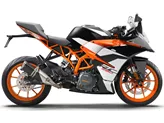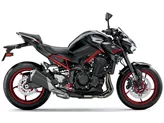Honda CBR650R 2019 vs. Kawasaki Ninja 400 2023

Honda CBR650R 2019
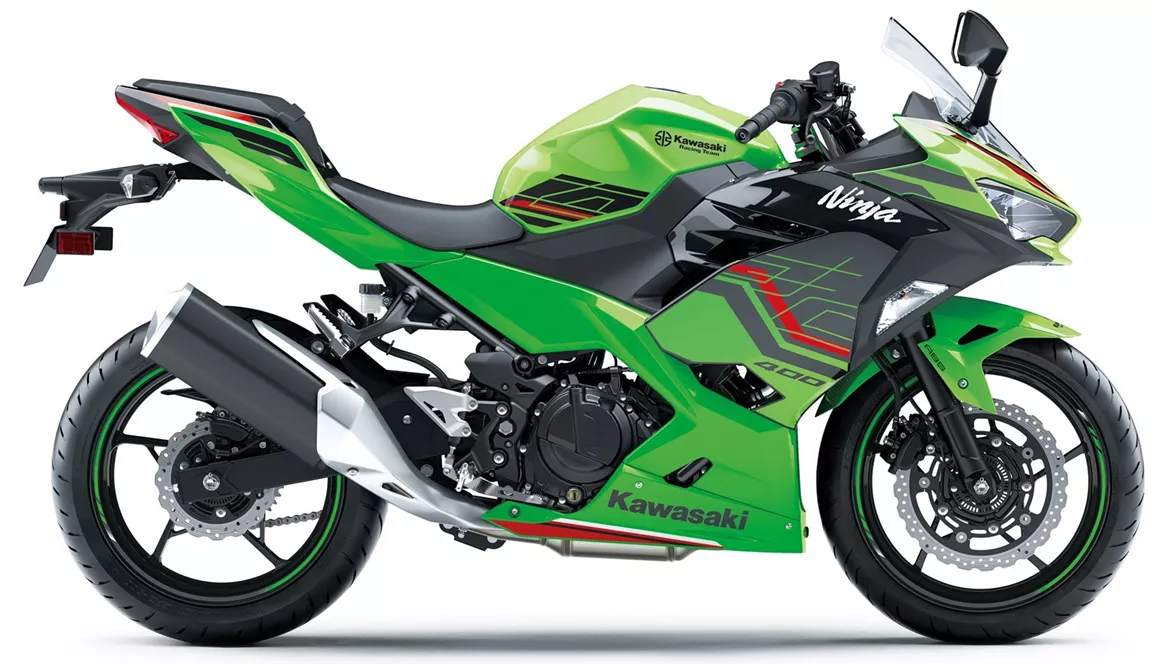
Kawasaki Ninja 400 2023
Overview - Honda CBR650R 2019 vs Kawasaki Ninja 400 2023
The Honda CBR650R 2019 and the Kawasaki Ninja 400 2023 are both supersport motorcycles that offer different features and performance capabilities.
Starting with the engine and drive train, the Honda CBR650R 2019 is equipped with a four-cylinder inline engine with a displacement of 649cc. It produces a power output of 95 HP and a torque of 64 Nm. On the other hand, the Kawasaki Ninja 400 2023 has a two-cylinder inline engine with a displacement of 399cc. It generates a power output of 45 HP and a torque of 37 Nm. The Honda CBR650R has a higher power output and torque, making it more suitable for riders who prefer a more powerful and exhilarating riding experience.
In terms of suspension, both motorcycles feature a swing arm rear suspension with a monoshock absorber and preload adjustment. However, the Honda CBR650R 2019 has an upside-down telescopic fork front suspension with a diameter of 41 mm, while the Kawasaki Ninja 400 2023 has a telescopic fork front suspension with the same diameter. The upside-down telescopic fork on the Honda CBR650R provides better stability and control during aggressive riding, making it more suitable for riders who enjoy a sportier riding style.

Honda CBR650R 2019
When it comes to the chassis, both motorcycles have a steel frame. However, the Honda CBR650R 2019 has a twin tube frame, while the Kawasaki Ninja 400 2023 has a tubular frame. The twin tube frame on the Honda CBR650R offers better rigidity and stability, enhancing the overall handling and performance of the motorcycle.
In terms of brakes, the Honda CBR650R 2019 is equipped with double disc brakes with a diameter of 320 mm and wave technology on the front, while the Kawasaki Ninja 400 2023 has a single disc brake with a diameter of 310 mm and petal technology on the front. Both motorcycles feature ABS as an advanced rider assistance system, providing added safety and control during braking.
In terms of dimensions and weights, the Honda CBR650R 2019 has a front tire width of 120 mm and a rear tire width of 180 mm, both with a diameter of 17 inches. It has a wheelbase of 1450 mm, a seat height of 810 mm, and a kerb weight (with ABS) of 208 kg. On the other hand, the Kawasaki Ninja 400 2023 has a front tire width of 110 mm and a rear tire width of 150 mm, also with a diameter of 17 inches. It has a wheelbase of 1370 mm, a seat height of 785 mm, and a kerb weight (with ABS) of 168 kg. The Honda CBR650R is slightly larger and heavier than the Kawasaki Ninja 400, which may affect maneuverability and agility.
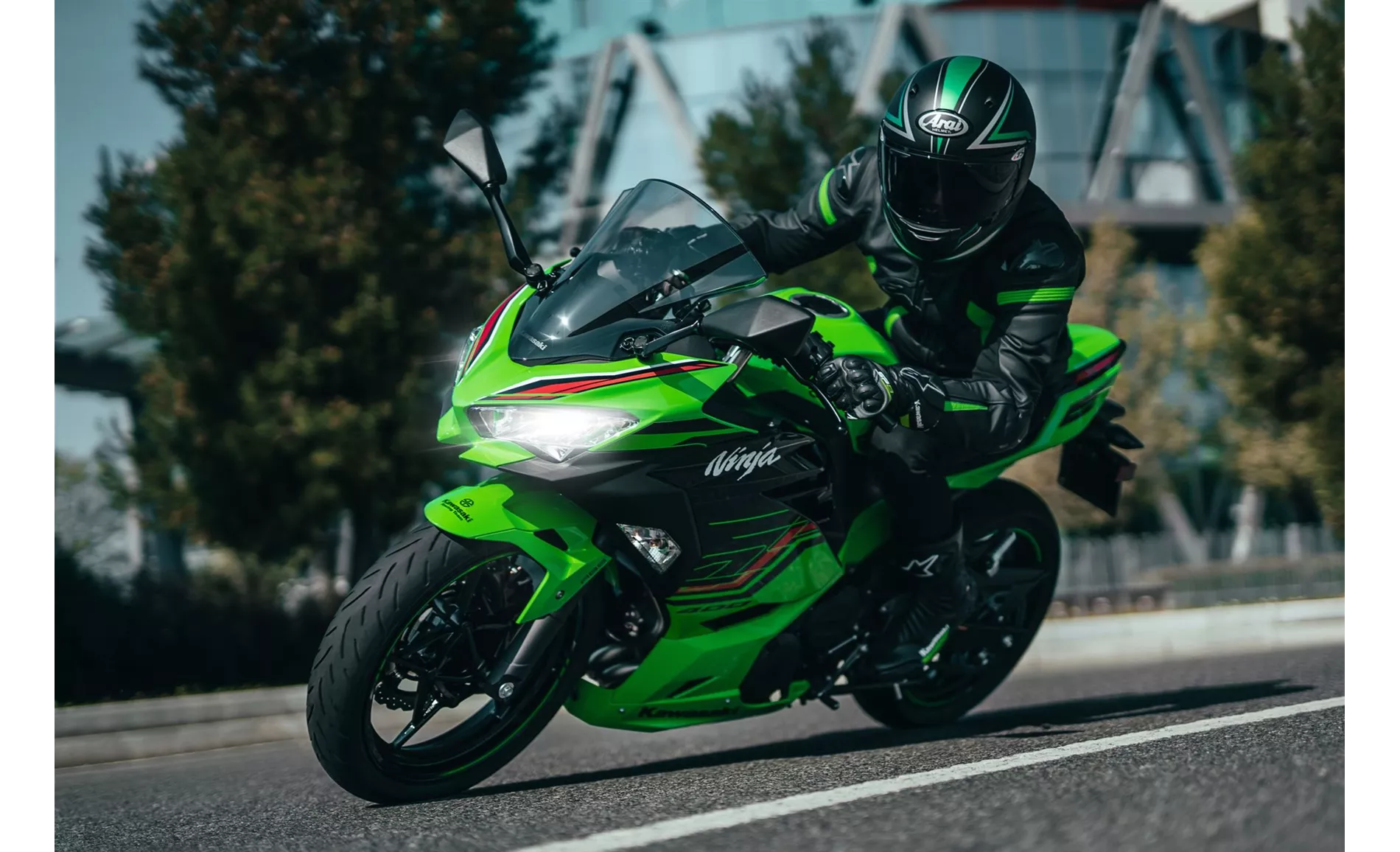
Kawasaki Ninja 400 2023
In terms of strengths, the Honda CBR650R 2019 is praised for its very elastic four-cylinder engine, providing a smooth and powerful performance. It also offers sufficient comfort for longer tours, good wind protection, and a visually appealing design. Additionally, it is easy to operate and is suitable for riders with an A2 license. On the other hand, the Kawasaki Ninja 400 2023 is commended for its combination of stability and playful handling, making it enjoyable to ride. It has a robust and reliable appearance, a well-controllable engine with a wide usable rev range, and a pleasant seating position.
However, both motorcycles have their weaknesses. The Honda CBR650R 2019 is criticized for its drone below 4,500 rpm, which may be bothersome to some riders. The suspension could also be slightly sportier for those seeking a more aggressive riding experience. Additionally, the rear brake may not provide the desired level of performance. On the other hand, the Kawasaki Ninja 400 2023 has limited space for larger riders, which may be uncomfortable for some individuals.
In conclusion, the Honda CBR650R 2019 and the Kawasaki Ninja 400 2023 are both capable supersport motorcycles with their own unique features and performance characteristics. The Honda CBR650R offers a more powerful engine and sportier suspension, while the Kawasaki Ninja 400 provides a balanced combination of stability and playful handling. Ultimately, the choice between the two will depend on the rider's preferences and priorities.
Technical Specifications Honda CBR650R 2019 compared to Kawasaki Ninja 400 2023
Pros and Cons in comparison
Pros and Cons in comparison
Honda CBR650R 2019
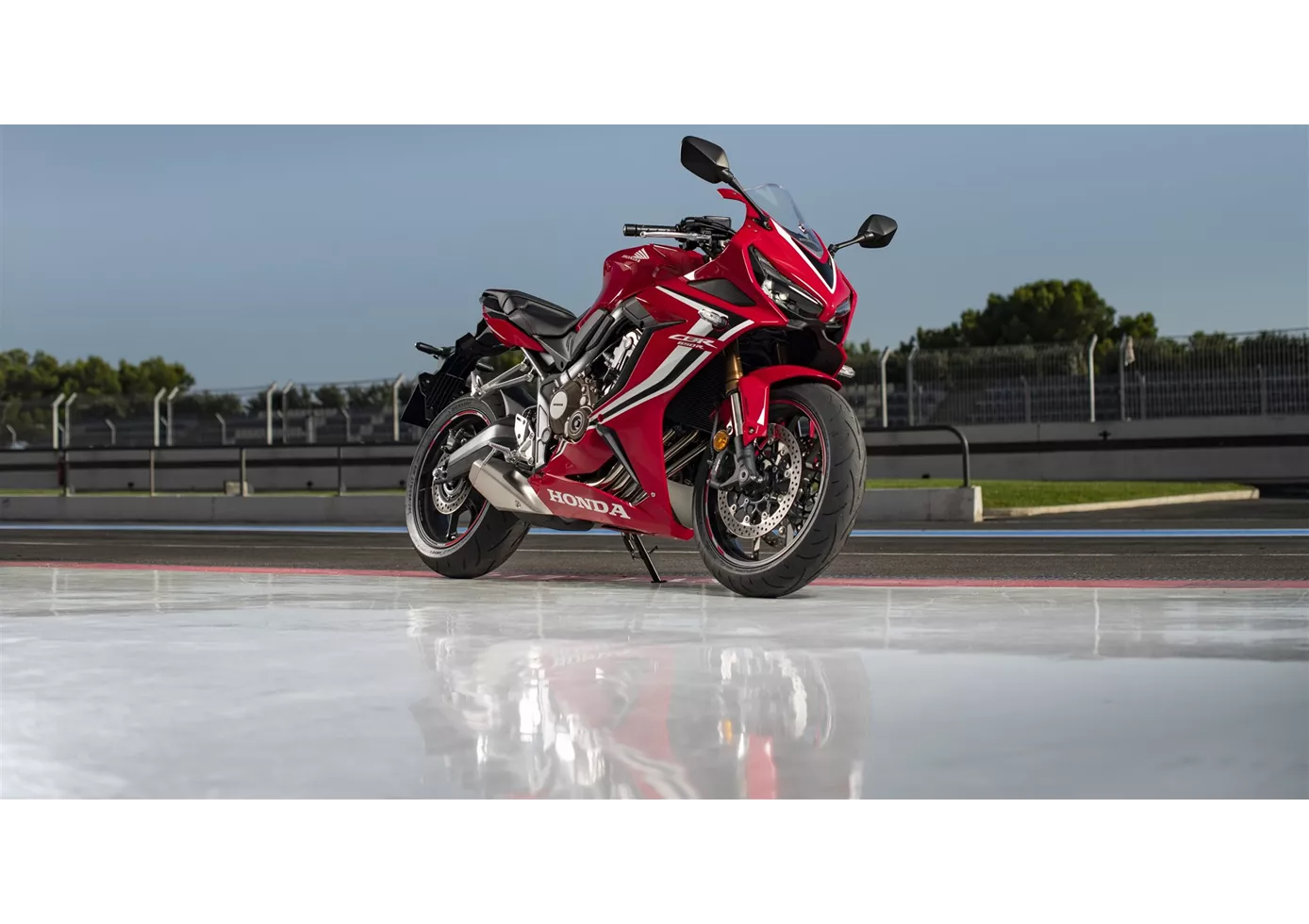
The new CBR650R takes the spirit we know from classic four-cylinder sports tourers and brings it into the modern era. Thanks to the good engine tuning, you don't have to worry about being left behind by your two-cylinder friends, especially as you are rewarded with a lovely sound across the rev range. Unfortunately, however, there can be too much sound, as the roar below 4,500 rpm proved. On the chassis and seating position side, a compromise has been found that allows the CBR650R to cope well with everyday riding, as well as longer tours and house track hunts.
Kawasaki Ninja 400 2023
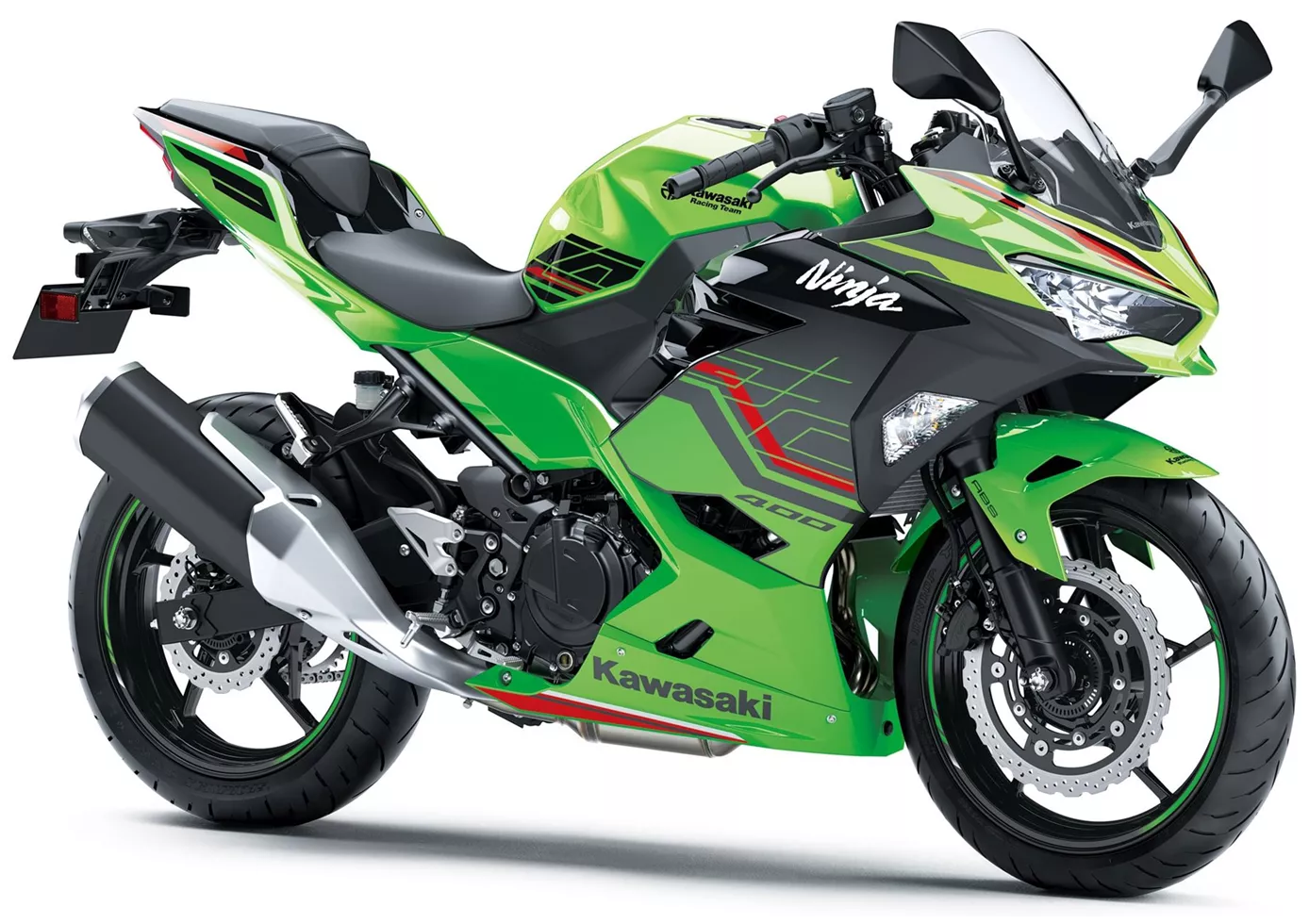
Ninja 400 ponuja veliko užitkov pri vožnji po sprejemljivi ceni. Ponuja igrivo vodljivost, ne da bi bil nervozen. Ime "Ninja" je nekoliko zgovorno, vendar je področje uporabe širše, kot si morda mislite. Vozi se športno, hkrati pa ponuja dober položaj za vsakodnevno uporabo in izlete.
Price Comparison Avarage Market Price Honda CBR650R vs Kawasaki Ninja 400
There are a few key differences between a Honda CBR650R 2019 and a Kawasaki Ninja 400 2023. It takes less time to sell a Honda CBR650R with 45 days compared to 165 days for a Kawasaki Ninja 400. Since model year 2019 1000PS.de editors have written 14 reviews for the Honda CBR650R and 9 reviews for the Kawasaki Ninja 400 since model year 2018. The first review for the Honda CBR650R was published on 10/8/2018 and now has more than 53,700 views. This compares to more than 44,300 views for the first review on Kawasaki Ninja 400 published on 11/22/2017.
